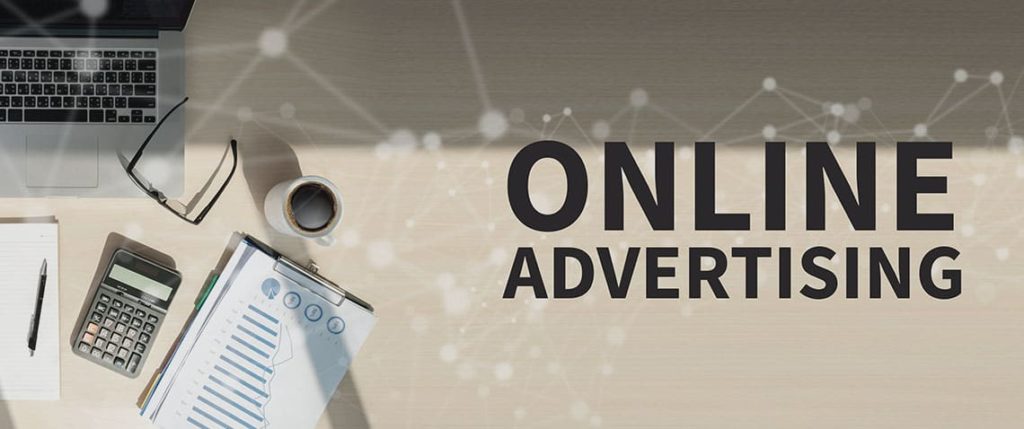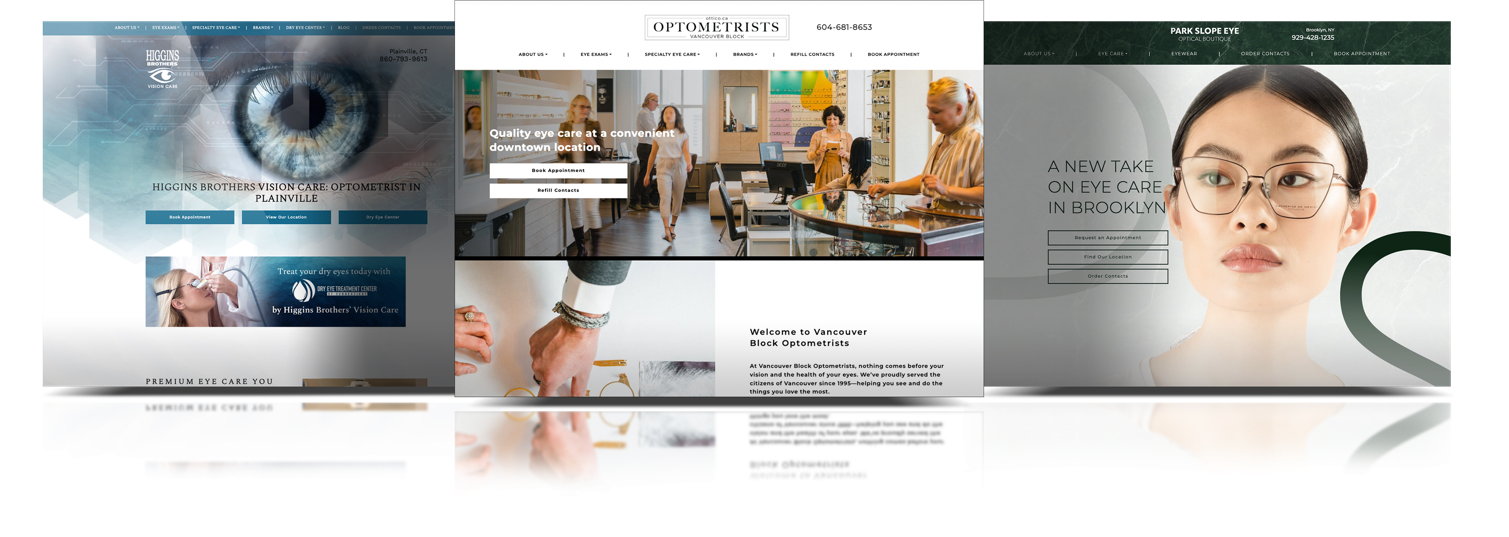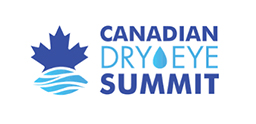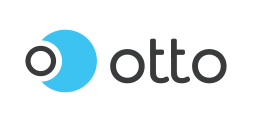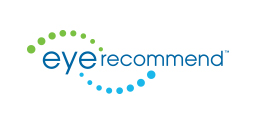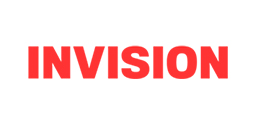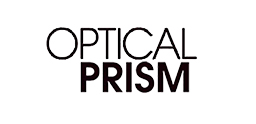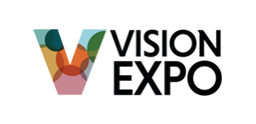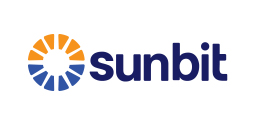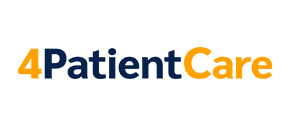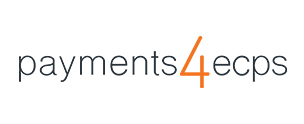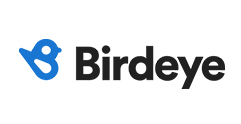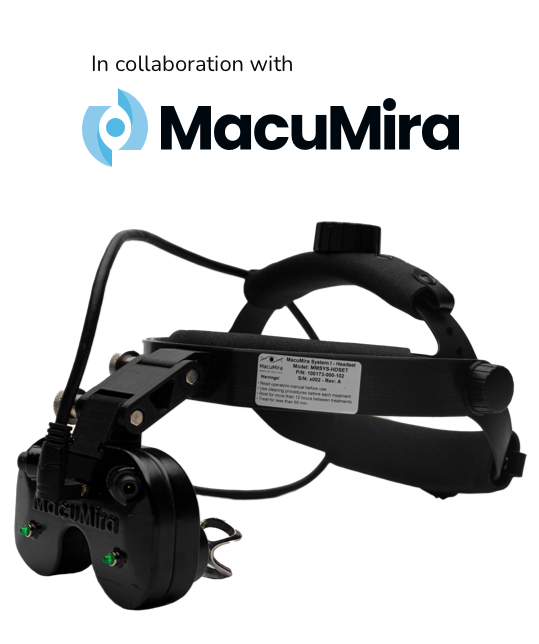30 years ago, businesses were already trying to decide which method of advertising would be best for them. Billboards, print, radio, television… these options were overwhelming in their own right. But today, with the advent of digital media and all the advertising opportunities that come with it, this decision is even more difficult.
It’s tempting to either invest in a little bit of everything just to cover your bases or just to throw your hands up and swear off digital marketing altogether. But obviously, neither of those strategies will get you the results you want. I want to help you make a practical and informed decision.
I work very closely with all of these types of ads every day, and I think it’s fair to say I have a pretty intimate knowledge of how they work. So let’s talk about each digital ad medium. I’ll cover the pros and cons for each, and give you all the information you need to determine which methods work best for your practice.
Why Choose Digital Ads in the First Place?

Digital advertising revolutionized the way we market because, unlike more traditional methods, we can actually track the effectiveness of each ad. Each time someone interacts with a video, display, or search ad, you have insight into that data. That means you can not only tell whether your ads are effective or not, you can tell which ads are more effective than others.
Another important element of digital advertising is that you only pay when it works. We use the term pay-per-click advertising because that’s exactly what most digital methods rely on. You don’t typically pay when someone sees your ad, you only pay when they click on your ad.
Finally, digital ads have a higher degree of immediacy than any traditional advertising method. While most traditional advertising avenues require at least a day to get your message out there, digital ads are practically instantaneous. You can edit, update, or pause campaigns at a moment’s notice without any contractual issues.
Search Ads
What Are Search Ads?

Search ads look like this. I searched the words “Cat Costume” on Google, and the first result that came up was this search ad or text ad. Most search advertising happens on Google, but Bing offers the service as well.
Web users are used to instant results, so they’re more likely to click on results that are closer to the top of the first page. Search ads make sure that your practice shows up first for specific search terms in your geographical area.

What Do I Need to Know About Search Ads?
Search ads have a pretty unique benefit in that they give you access to web users that are already searching for products or services like yours. It may make me sound like an evil marketer to say it, but search ads are almost like shooting fish in a barrel.
This kind of ad tends to convert at a higher rate than many other types of ads, which basically means there’s a better chance that whoever clicks on your ad will end up calling you to schedule an appointment.
It’s important to mention that search ads tend to cost more per click than most other types of advertising. But given the high conversion rate, it’s a good way to invest. You typically find that the ROI makes search ads worth the cost if managed properly.
Display Ads
What Are Display Ads?

Display ads are image-based. They consist of more images than text, and can appear in a square on the side of your screen, as a banner along the top of your screen, and in a combination of plenty of other places and formats. Here’s an example of a banner ad that showed up for me on a news website.
This type of display ad shows up through something called the Google Display Network. This avenue gives you access to over 4 million websites in Google’s Network. You can specify the type of person you want to see the ads based on their age, gender, interests, geography, and more.
Although not technically considered display ads, sponsored posts on Facebook and Instagram fall under the same general category. Here’s an example of a sponsored Facebook post that came up in my thread today.
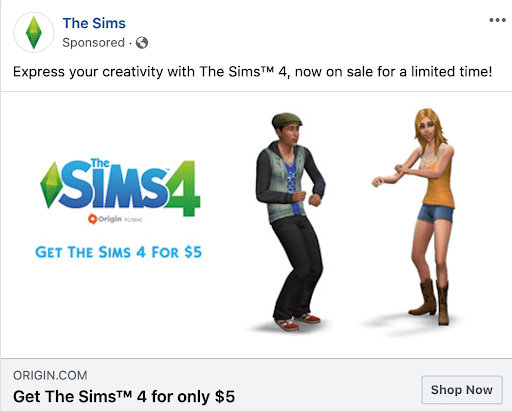
What Do I Need to Know About Display Ads?
We mostly recommend display ads for branding, or getting your practice’s name out there. Display ads do allow you to target people based on their interest, but unlike search ads, you may not be targeting people that are already on the lookout for services like yours. The Sims ad I showed you is a great example of that. I do like games, but I also have a toddler. I have enough real life to deal with that I don’t have time for another life online. But I digress…
Display ads are typically the least expensive type of digital advertising per click. In most cases, a display ad will be less than a dollar for each click, so they can be a great asset for a branding campaign.
Bonus tip: Our data has shown that in urban areas, display ads can perform very effectively as a tool to drive new patients, so there is a benefit beyond just branding.
Video Ads
What Are Video Ads?
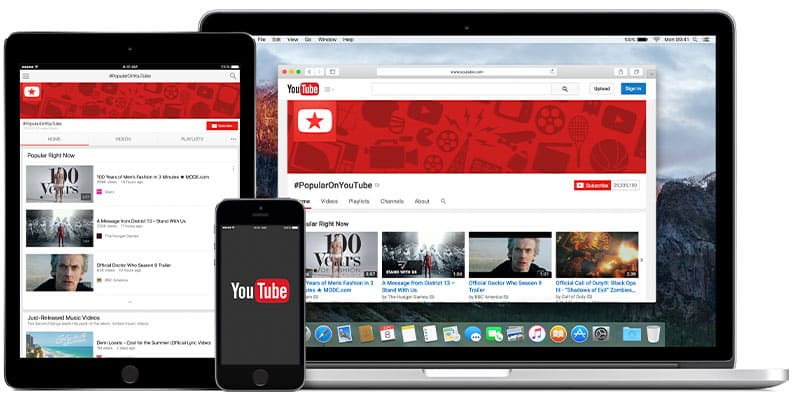
This might go without saying, but for the sake of clarity, I’ll say it anyway: video ads are videos. Specifically, video ads are videos that run on YouTube or Facebook. These ads pop up either before the video you want to watch or, if the video is long enough, in the middle of the video you’re watching.
What Do I Need to Know About Video Ads?
First of all, video is the only form of digital advertising that engages two senses; your vision and your hearing. Because video is a more sensory experience, consumers are automatically more engaged in your message, whether they want to be or not.
Again, with video, you’re not necessarily targeting users that are actively looking for your services, but you can target the ad to users with specific interests. Video ads are another really good way to get your brand out there, especially because video ads are quite inexpensive and you only pay-per-view.
The best part is your user has to watch at least 30 seconds (or the entire ad if it’s shorter than 30 seconds) before YouTube considers it “a view.” So unless the user watches 30 seconds of your ad, or clicks on it, you don’t pay a thing.
Other Advertising Avenues
Display, search, and video are the heavyweights of digital advertising. We recommend that the lion’s share of your marketing budget be spent on these. Having said that, there are a few other avenues that you might want to explore.
Spotify, for example, is an awesome way to get a radio presence without the huge cost. Plus, Spotify will actually make your ads for you, giving you a little more bang for your buck. Twitter, Snapchat, and Pinterest also have their own advertising platforms which, depending on your campaign and your target audience, might be useful for you.
Building Your Marketing Mix

Let’s say you have $2,000 a month to spend on advertising. Where should you invest to get the best possible results? Nine times out of ten, we’ve found that search ads give the best return on investment, so we recommend you spend as much as you can in those channels.
Display ads can end up being more profitable sometimes, so it’s worth at least trying them out and allocating a bit of your budget there (though not nearly as much as you allocate for search). If you have access to video content, a little bit of budget can go a long way for your local branding, and it’s a great way to show some personality.
So, with all that in mind, here’s how I would break down that $2000:
- $1,500 for search ads (favouring Google search over Bing)
- $400 for display ($200 for the Google Display Network & $200 for Facebook ads)
- $100 for YouTube
If you only have $1000, I’d do this:
- $900 on Google search ads
- $100 Google display ads
Remember, it’s important that you invest a little bit into branding. It may not get people through the door today or tomorrow, but it will absolutely pay dividends in the future.


